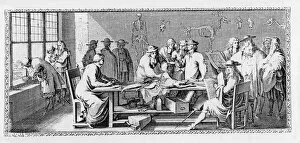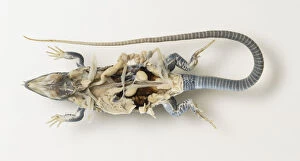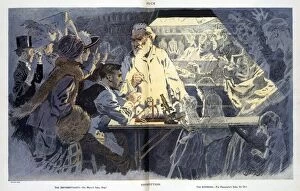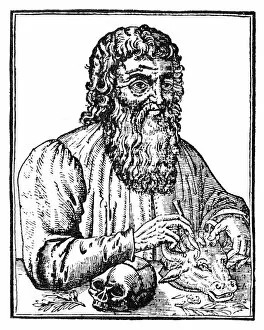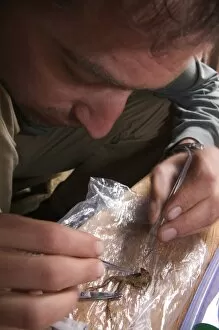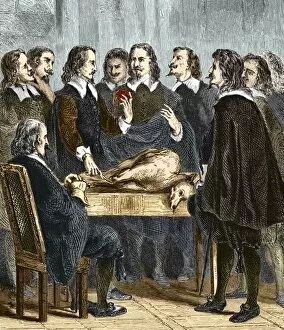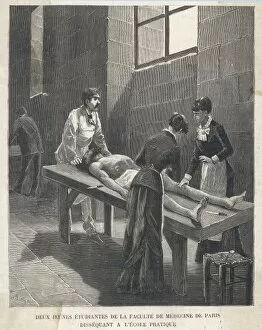Dissecting Collection
In the 19th century, a female medical student delves into the intricate world of dissection
All Professionally Made to Order for Quick Shipping
In the 19th century, a female medical student delves into the intricate world of dissection. With wood engravings capturing her intense focus, she immerses herself in the study of anatomy and physiology. One particular lithograph from 1902 titled "Une Fin A l Ecole Pratique" showcases her determination as she reaches the end of her practical education. The pen and ink title page for Andreas Vesalius' "Fabrica" further emphasizes her commitment to understanding the human body through meticulous dissections. As we explore further, an oil painting depicts a vivid scene of dissection, highlighting both its scientific significance and artistic representation. In contrast, an engraving from 1751 called "Autopsy or The Reward of Cruelty" reminds us that this practice was not always viewed with reverence but could be associated with cruelty. Johannes de Ketham's woodcut illustration from his work "Fasciculus Medicinae" takes us back to the late 15th century when dissection was still emerging as a methodical approach to medicine. Meanwhile, "The Anatomy Lesson of Doctor Willem van der Meer in Delft, " painted in 1617, captures a momentous occasion where knowledge is shared among peers during an anatomical demonstration. Moving beyond traditional settings, we encounter another depiction titled "The Anatomy Lesson (Dissection at the Jardin des Plantes)" which transports us to France's renowned botanical garden. Here, amidst nature's beauty, our medical student continues her exploration into human anatomy. However diverse these representations may be, they all underscore society's fascination with dissecting bodies for educational purposes. Even outside medicine's realm lies an intriguing connection - depicted through engravings showcasing Ireland's fishing industry or even haruspices consulting animal entrails for divination purposes. Lastly, we come across illustrations displaying various instruments used during dissections featured in De Humani Corporis Fabrica.




